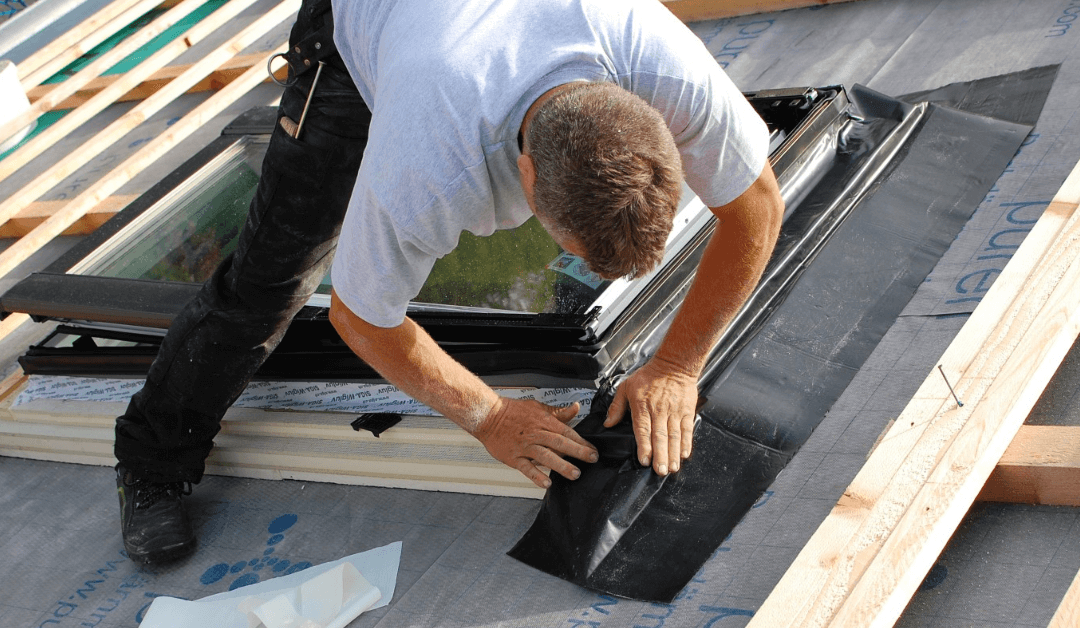Plan on buying some light jackets and sweaters for the winter? How about your roofing system? Although the Sunshine State offers the mildest winters, every homeowner should ensure their roofing systems are equipped for the cold. It incorporates hunting for the best roof for cold climate and cold seal roofing techniques to ascertain the weather doesn’t threaten your comfort during the winter.
Cold seal roofing
A top-shape roof is one way to ensure peak performance. Here are the factors to watch out for:
- Simple is best
Everyone likes a unique design, from the flooring to the roofing systems, but cold climates call for combining efficiency with outlook. The best roof designs may be complicated, encouraging roof damage and evoking an opportunity for loopholes. That said, consider a simple gable. They are likely to be sturdy and robust and ready to stand up to any adverse weather conditions, and in turn, secure a warm home.
- No openings
To cater for the chimney, skylight, a roofer must cut roofing materials. The problem is these openings may cause problems later. But since no house is complete without a chimney, roofers should incorporate the skills and knowledge required, and of course, some caution!
- Chimneys are better off at the roof ridge
Water can collect at the eaves resulting in leakage problems, so strategic positioning of chimneys at the highest points is the best way to go.
- Go metal!
You may have reasons for considering a different roofing material, which is okay. But the bottom line is metal roofing systems are suitable for cold weather. They are not prone to leaks and are quite durable, lasting fifty to sixty years. Additionally, asphalt shingles are a good value for your money, withstanding the tests of adverse weather elements. Besides, they don’t cost a fortune during repairs.
- Thermal shield roof coating
A cold seal for roofs is applying a thermal shield roof coating. It saves energy, so your energy bill in the cold weather is manageable and reduces the internal temperature by roughly 45%
- Roof insulation
This technique is apt for weather roofing and improves your property’s energy efficiency, cutting down the energy bills. With a properly insulated roof, you can ensure the warm air in the home doesn’t escape or allow cold air from the outside. Some types of insulation include:
- Spray foam insulation
Insulating your roof with polyurethane spray is one way to ensure your share of warmth. It seals any cracks and resists wind. The application is made to your roof deck underside, slates, and tiles. This type of insulation works by bonding the slates and tiles to inhibit cool air from getting in.
- Using rigid insulation boards
The boards are created from thick closed-cell foam sheets, incorporating polystyrene, polyurethane, and polyiso. They offer support to the roof membrane and ensure insulation.
Best roofs for cold weather
These are durable roofs that can preserve comfortable internal temperatures.
- Slate roofs
These roofs are appealing and robust to withstand the winds, hurricanes and prevent water damage.
- Metal roofs
Talk of the strongest roofing materials and metals will be the first on your list, making them ideal for cold weather. They can lock out moisture and cold air. You could also top up better insulation properties.
- Asphalt shingles
To be precise, that would have to be asphalt shingles made of fiberglass. They are a great choice if you are searching for solid and affordable roofing materials that are equally not demanding with maintenance.
With either of the above roofing options, you can ensure your roof is up to the task in cold weather. Just one thing; ensure you get a professional installer for the best results.
Get the best cold seal roofing
Getting ready for cold weather involves ensuring a worthwhile roofing system with cold seal roofing techniques. Additionally, homeowners should get the best roofing materials with an expert installation from a reliable team.


Recent Comments